Your cart is currently empty!
Tag: Monitoring
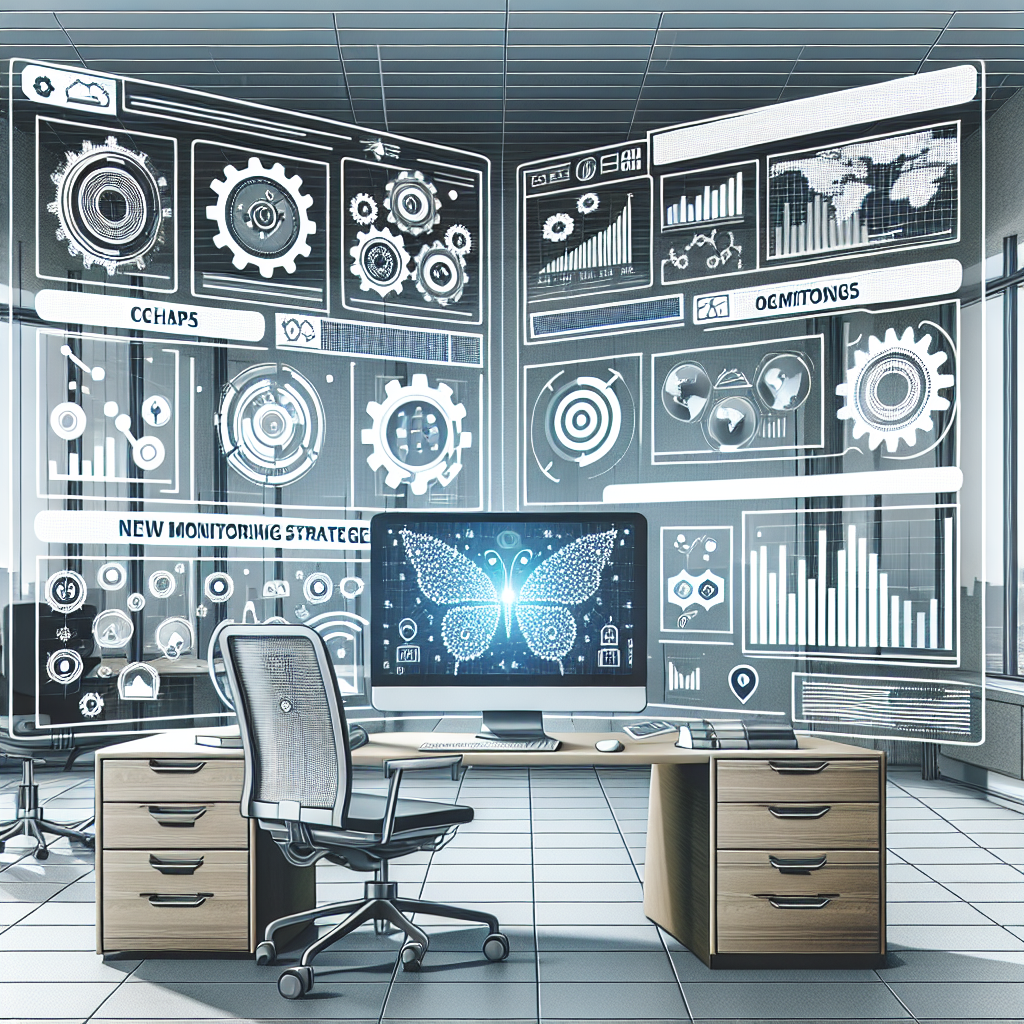
Maximizing Efficiency with Remote Monitoring: Tips and Strategies for Success
In today’s fast-paced world, businesses are constantly looking for ways to improve efficiency and productivity. One way to achieve this is through remote monitoring, which allows companies to keep a close eye on their operations from anywhere in the world. By leveraging remote monitoring tools and strategies, businesses can streamline processes, identify potential issues early on, and ultimately maximize efficiency.Here are some tips and strategies for success when it comes to remote monitoring:
1. Invest in the right tools: To effectively monitor your operations remotely, you need to have the right tools in place. This could include sensors, cameras, software platforms, and other monitoring devices that allow you to track key metrics and performance indicators in real-time.
2. Set clear objectives: Before implementing a remote monitoring system, it’s important to define clear objectives and goals for what you want to achieve. Whether it’s improving production efficiency, reducing downtime, or enhancing the customer experience, having a clear vision will help guide your monitoring efforts.
3. Monitor key metrics: Identify the key performance indicators (KPIs) that are most important to your business and set up monitoring systems to track these metrics in real-time. This could include things like production output, equipment performance, energy consumption, and more.
4. Establish alerts and notifications: In order to respond quickly to any issues that arise, set up alerts and notifications for critical events. This could include things like equipment failures, deviations from set parameters, or other anomalies that require immediate attention.
5. Analyze data and trends: Remote monitoring generates a wealth of data that can provide valuable insights into your operations. Take the time to analyze this data, identify trends and patterns, and use this information to make informed decisions and improvements.
6. Implement preventive maintenance: By monitoring equipment performance and identifying potential issues early on, you can proactively address maintenance needs before they turn into costly downtime. Implementing a preventive maintenance program can help extend the life of your equipment and reduce the risk of unexpected failures.
7. Train and empower your team: Remote monitoring is only as effective as the people using it. Make sure your team is properly trained on the monitoring tools and systems in place, and empower them to take action based on the data and insights they gather.
By implementing these tips and strategies for success, businesses can maximize efficiency with remote monitoring. By leveraging the right tools, setting clear objectives, monitoring key metrics, establishing alerts, analyzing data, implementing preventive maintenance, and empowering your team, you can streamline operations, improve performance, and ultimately drive success.

Remote Monitoring for Remote Work: How to Stay Connected and Productive
Remote work has become increasingly common in recent years, with more and more companies offering employees the flexibility to work from home or other remote locations. While there are many benefits to remote work, such as increased flexibility and reduced commute times, there are also challenges that come with working outside of a traditional office setting. One of the biggest challenges for remote workers is staying connected and productive while working remotely.Remote monitoring is a key tool for remote workers to stay connected and productive. Remote monitoring allows managers and team members to track and monitor the progress of remote workers, ensuring that work is being completed on time and to a high standard. Remote monitoring can take many forms, from tracking software that monitors employees’ computer activity to regular check-ins and progress reports.
One of the most important aspects of remote monitoring is communication. It’s important for remote workers to stay in regular contact with their managers and team members, whether through email, phone calls, or video conferences. Regular communication helps to keep everyone on the same page and ensures that tasks are being completed efficiently and effectively.
Another key aspect of remote monitoring is setting clear goals and expectations. Remote workers should have a clear understanding of what is expected of them and what goals they need to achieve. This helps to keep remote workers focused and motivated, as they have a clear roadmap for success.
In addition to setting clear goals and expectations, remote workers should also have a designated workspace that is conducive to productivity. This could be a home office, a co-working space, or even a coffee shop. Having a designated workspace helps to create a separation between work and home life, making it easier for remote workers to focus on their tasks and stay productive.
Remote monitoring also involves using technology to track and monitor work progress. There are many tools and software available that can help remote workers and managers stay connected and productive, such as project management tools, time tracking software, and communication platforms.
Overall, remote monitoring is essential for remote workers to stay connected and productive. By setting clear goals and expectations, maintaining regular communication, and using technology to track progress, remote workers can effectively manage their time and tasks while working remotely. With the right tools and strategies in place, remote work can be just as productive and successful as working in a traditional office setting.
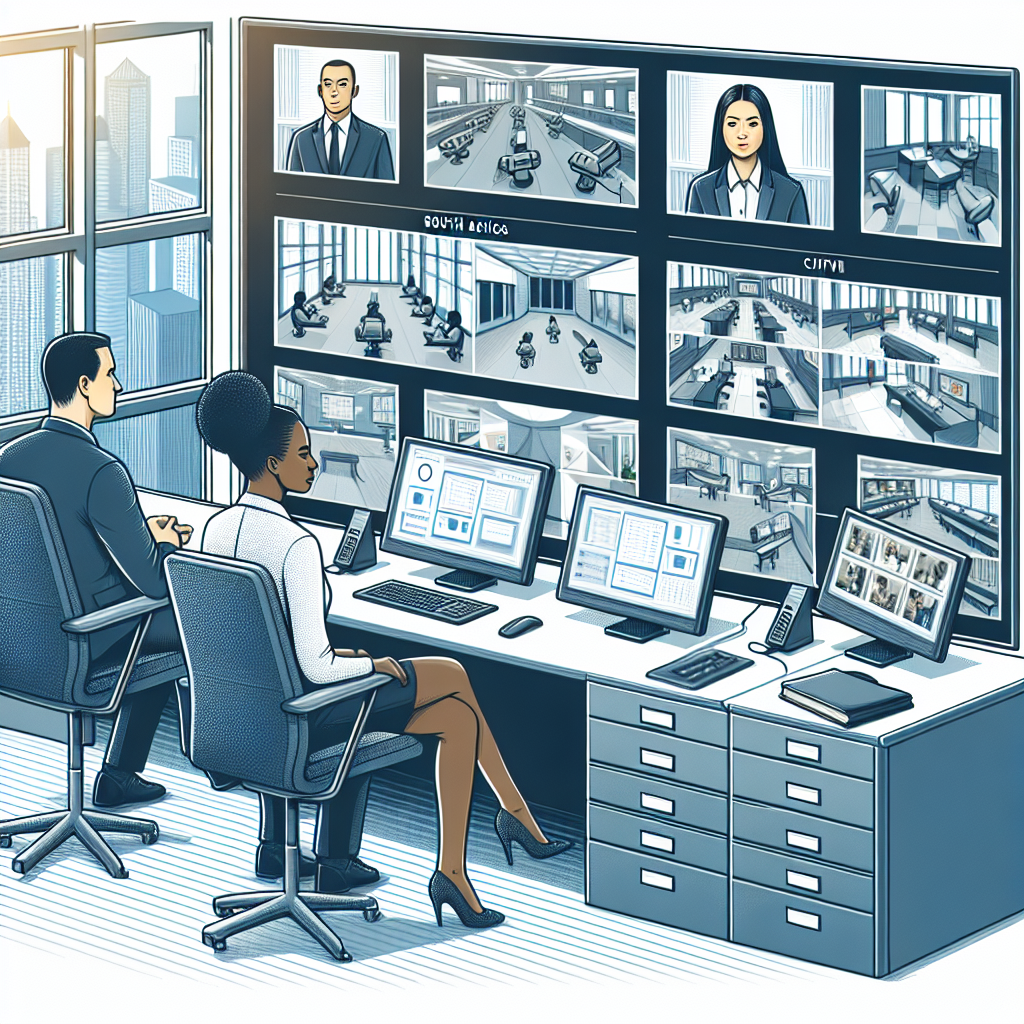
Keeping Your Business Secure: The Importance of Remote Monitoring Systems
In today’s digital age, keeping your business secure is more important than ever. With the rise of cyber attacks and data breaches, it’s essential to have robust security measures in place to protect your company’s sensitive information and assets. One key tool that can help enhance your business’s security is a remote monitoring system.Remote monitoring systems allow you to keep an eye on your business’s network, devices, and systems from anywhere in the world. By using sensors, cameras, and other monitoring devices, you can track activity in real-time and receive alerts if any suspicious or unauthorized activity is detected.
One of the key benefits of remote monitoring systems is their ability to provide round-the-clock surveillance of your business premises. Whether you have a physical storefront or operate solely online, having a remote monitoring system in place can help deter potential intruders and provide evidence in the event of a security breach.
Remote monitoring systems can also help you keep track of your employees’ activities and ensure that they are following proper security protocols. By monitoring access to sensitive areas, tracking employee login times, and monitoring internet usage, you can prevent insider threats and ensure that your company’s data remains secure.
In addition to preventing security breaches, remote monitoring systems can also help you identify and address potential vulnerabilities in your business’s network and systems. By monitoring network traffic, detecting malware and other cyber threats, and conducting regular security audits, you can proactively protect your company’s data and prevent costly downtime.
Overall, investing in a remote monitoring system is a smart decision for any business looking to enhance its security measures. By providing 24/7 surveillance, monitoring employee activities, and detecting vulnerabilities in your network, a remote monitoring system can help you safeguard your company’s assets and reputation in today’s increasingly digital world.
LAPD monitoring large protest in downtown Los Angeles – NBC Los Angeles
A rally opposing immigration crackdowns blocked the northbound lanes of the 101 Freeway on Sunday, according to the Los Angeles Police Department.
Droves of protesters flocked to downtown Los Angeles in what police described as a “non-permitted demonstration.” LAPD said it was monitoring a peaceful protest that made its way to City Hall and then moved onto the freeway, according to Officer Lee.
The department said it’s unaware if the protest is in opposition to immigration crackdowns, but signs referencing the matter have been seen being held by protesters. It’s unclear if the large group obtained a permit for their rally.
As a result of the demonstration, Spring Street is closed from 1st Street to Temple Street. LAPD urged protesters who were blocking the 101 Freeway to move the demonstration to allow motorists to drive.
The LAPD is currently monitoring a large protest taking place in downtown Los Angeles, according to NBC Los Angeles. The protest, which appears to be peaceful at this time, is drawing a significant crowd and has caused some road closures in the area.Law enforcement officials are on hand to ensure the safety of both protesters and bystanders, and are closely monitoring the situation to prevent any potential disturbances. The LAPD has urged participants to exercise their right to protest peacefully and to avoid any acts of violence or destruction.
As the protest continues, NBC Los Angeles will provide updates on any developments and the response from law enforcement. Stay tuned for more information on this developing story.
Tags:
- LAPD protest monitoring
- Downtown Los Angeles demonstration
- NBC Los Angeles news coverage
- Police presence at protest
- Los Angeles protest updates
- LAPD response to large protest
- Downtown LA demonstration monitoring
- NBC Los Angeles coverage of protest
- Police monitoring protest in LA
- LAPD news updates on protest.
#LAPD #monitoring #large #protest #downtown #Los #Angeles #NBC #Los #Angeles
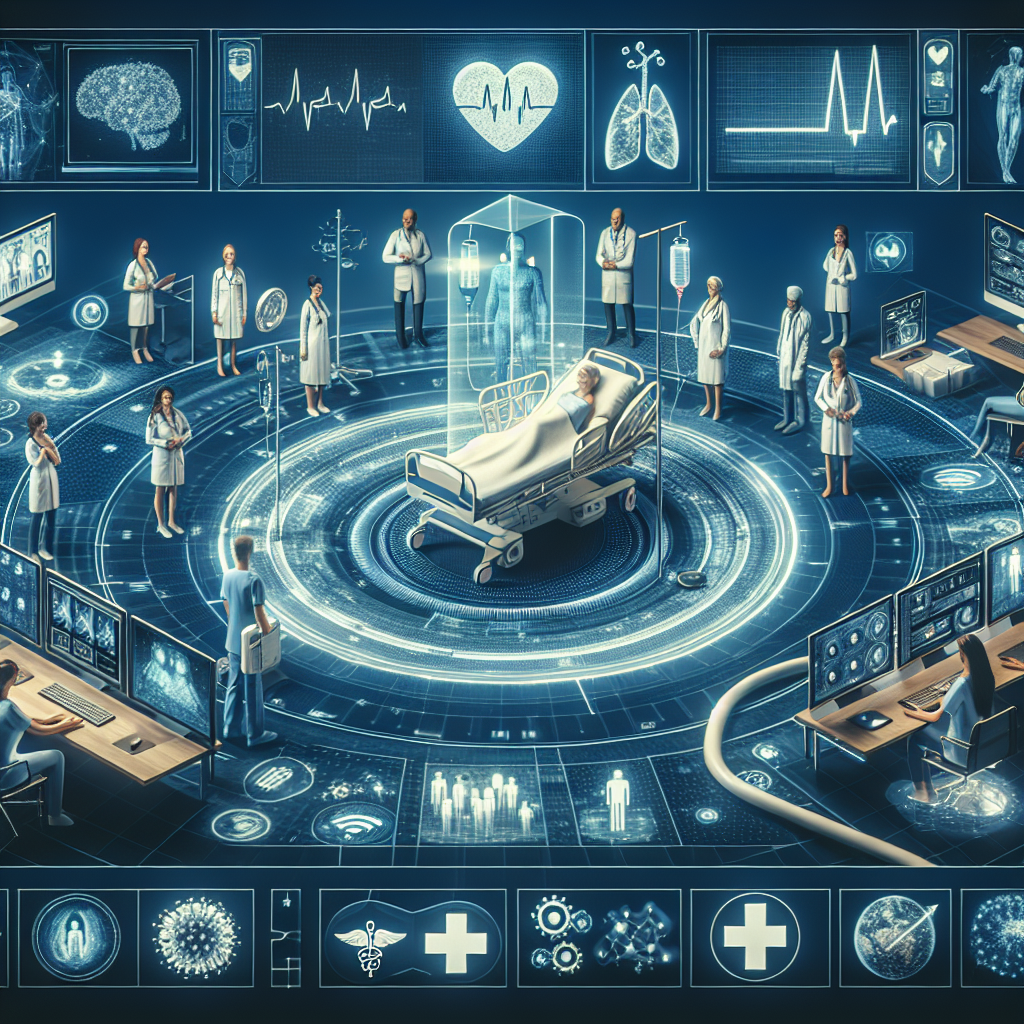
The Future of Healthcare: How Remote Monitoring is Revolutionizing Patient Care
The Future of Healthcare: How Remote Monitoring is Revolutionizing Patient CareIn recent years, advancements in technology have revolutionized the way healthcare is delivered. One of the most significant innovations that is transforming patient care is remote monitoring. This technology allows healthcare providers to monitor a patient’s vital signs and health data from a distance, enabling them to provide more personalized and timely care.
Remote monitoring involves the use of devices such as wearable sensors, mobile apps, and telehealth platforms to track a patient’s health metrics in real-time. These devices can monitor a wide range of vital signs, including heart rate, blood pressure, blood glucose levels, and oxygen saturation, among others. The data collected is then transmitted to the healthcare provider, who can review it and make informed decisions about the patient’s care.
One of the key benefits of remote monitoring is that it allows for continuous monitoring of a patient’s health, even when they are not in a healthcare facility. This can be particularly beneficial for patients with chronic conditions such as diabetes, hypertension, or heart disease, who require ongoing monitoring to manage their health effectively. By tracking their vital signs regularly, healthcare providers can detect any changes or potential issues early on, allowing for timely intervention and preventing complications.
Remote monitoring also enables healthcare providers to deliver more personalized care to their patients. By collecting and analyzing real-time data, providers can gain a better understanding of each patient’s unique health needs and tailor their treatment plans accordingly. This can lead to more effective and efficient care, improving patient outcomes and reducing healthcare costs in the long run.
Additionally, remote monitoring can improve access to care for patients in remote or underserved areas. By utilizing telehealth platforms and wearable devices, healthcare providers can reach patients who may not have easy access to healthcare facilities, allowing them to receive the care they need without having to travel long distances. This can help to bridge the gap in healthcare disparities and ensure that all patients have access to quality care, regardless of their location.
As technology continues to advance, the potential for remote monitoring in healthcare is only expected to grow. With the rise of artificial intelligence and machine learning, remote monitoring systems are becoming increasingly sophisticated, capable of analyzing large amounts of data and detecting patterns that may indicate potential health issues. This can help healthcare providers make more accurate diagnoses and treatment decisions, ultimately improving patient outcomes and quality of care.
In conclusion, remote monitoring is revolutionizing patient care by enabling healthcare providers to monitor patients’ health in real-time, deliver more personalized care, and improve access to care for underserved populations. As technology continues to evolve, the future of healthcare looks brighter than ever, with remote monitoring playing a crucial role in transforming the way healthcare is delivered and improving patient outcomes.
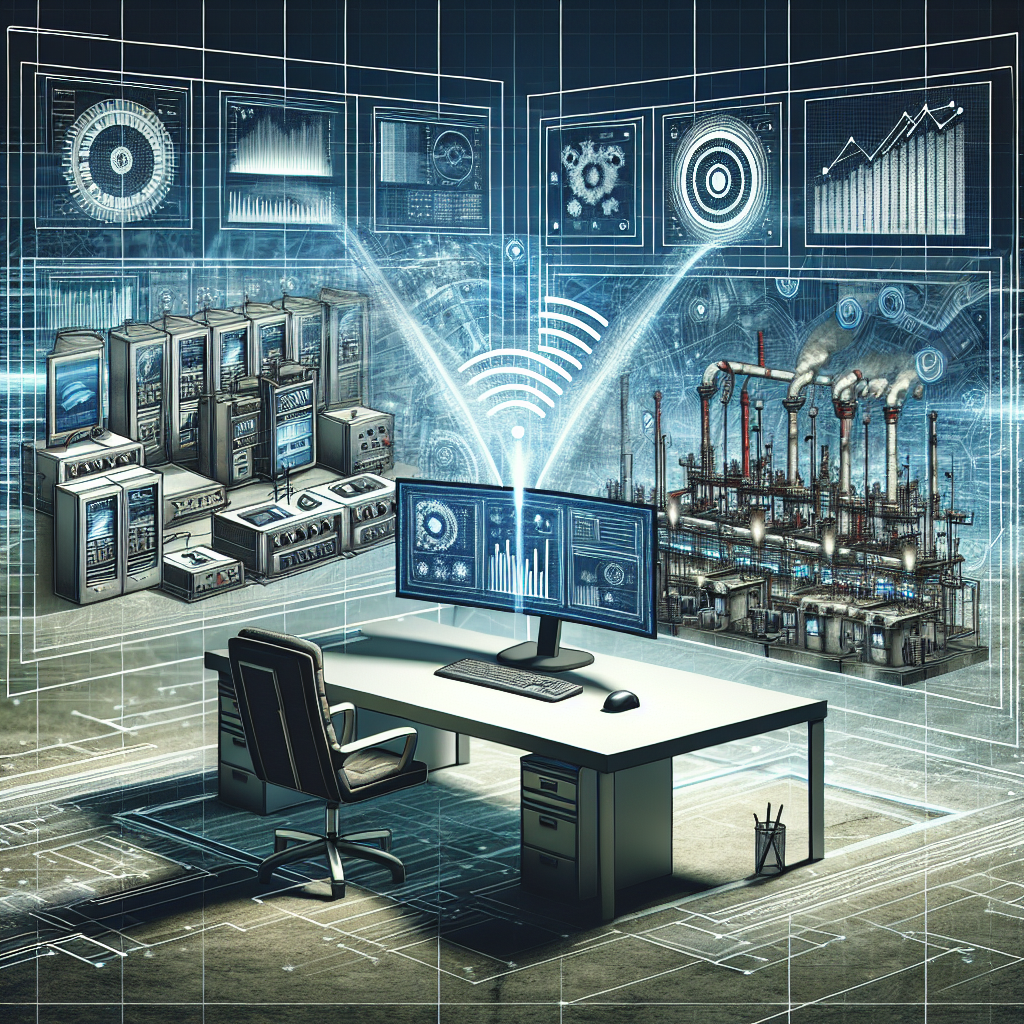
A Guide to Remote Monitoring: What It Is and How It Works
In today’s fast-paced world, technology has made it possible for us to remotely monitor various aspects of our lives, from our homes to our businesses. Remote monitoring is a form of surveillance that allows us to keep an eye on things even when we are not physically present. In this article, we will explore what remote monitoring is, how it works, and the benefits it can provide.What is Remote Monitoring?
Remote monitoring is a method of monitoring and controlling devices, systems, or processes from a distance. This can include everything from checking the temperature of your home while you are on vacation to monitoring the performance of industrial equipment in real-time. Remote monitoring typically involves the use of sensors, cameras, and other monitoring devices that can transmit data to a central location for analysis.
How Does Remote Monitoring Work?
Remote monitoring works by using sensors or other monitoring devices to collect data on various aspects of a system or environment. This data is then transmitted to a central monitoring station, where it can be analyzed in real-time. Depending on the system being monitored, alerts can be set up to notify users of any abnormalities or issues that may require attention.
For example, in a home security system, sensors can be installed on doors and windows to detect any unauthorized entry. If a sensor is triggered, an alert is sent to the homeowner’s smartphone, allowing them to take action, such as contacting the authorities. Similarly, in a manufacturing plant, sensors can be used to monitor the performance of equipment and detect any potential issues before they escalate into costly downtime.
Benefits of Remote Monitoring
There are numerous benefits to implementing remote monitoring systems, including:
1. Increased Efficiency: Remote monitoring allows for real-time tracking of various parameters, enabling quicker responses to issues and reducing downtime.
2. Cost Savings: By detecting issues early, remote monitoring can prevent costly repairs and equipment failures.
3. Improved Safety: Remote monitoring can help identify potential safety hazards and prevent accidents before they occur.
4. Peace of Mind: Whether you are monitoring your home or your business, remote monitoring provides peace of mind knowing that you can keep an eye on things even when you are not there.
Overall, remote monitoring is a valuable tool that can enhance security, efficiency, and safety in a variety of settings. Whether you are a homeowner looking to protect your property or a business owner seeking to optimize operations, remote monitoring is a powerful tool that can help you achieve your goals.
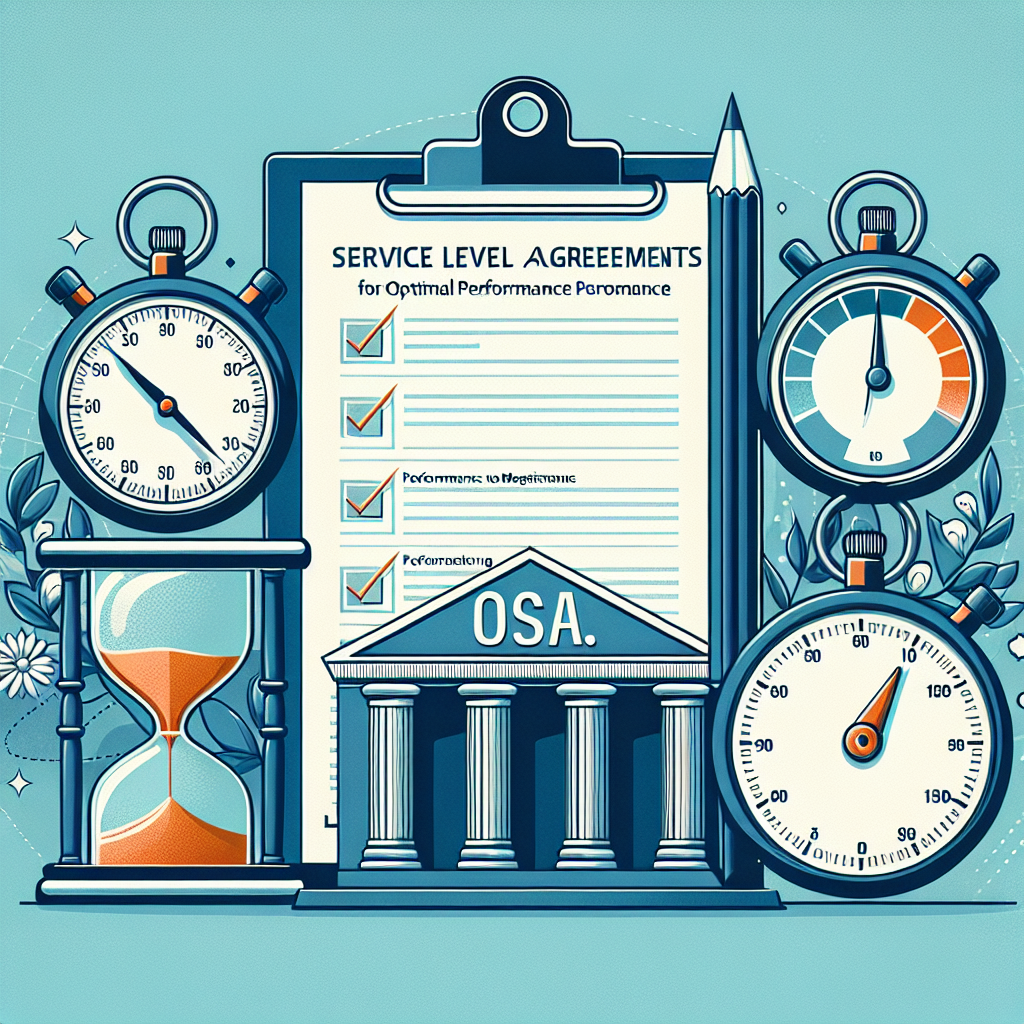
Measuring and Monitoring Service Level Agreements for Optimal Performance
Service Level Agreements (SLAs) are essential agreements between a service provider and their customers that outline the level of service that will be provided. Measuring and monitoring SLAs is crucial for ensuring optimal performance and customer satisfaction.One of the key reasons for measuring and monitoring SLAs is to ensure that the service provider is meeting the agreed-upon standards. By regularly measuring performance against the SLA metrics, service providers can identify any areas where they are falling short and take corrective action to improve performance.
Monitoring SLAs also helps to identify any trends or patterns in performance that may indicate underlying issues that need to be addressed. For example, if a service provider consistently fails to meet a certain SLA metric, it may be a sign that there is a systemic problem that needs to be addressed.
In addition to ensuring that service providers are meeting their obligations, monitoring SLAs also helps to identify opportunities for improvement. By analyzing SLA metrics, service providers can identify areas where they are exceeding customer expectations and use this information to further enhance their service offerings.
There are several key metrics that are commonly used to measure and monitor SLAs, including:
1. Response time: This metric measures the amount of time it takes for a service provider to respond to a customer request. A shorter response time is generally seen as a positive indicator of service quality.
2. Resolution time: This metric measures the amount of time it takes for a service provider to resolve a customer issue. A shorter resolution time indicates that the service provider is able to quickly and efficiently address customer concerns.
3. Uptime: This metric measures the amount of time that a service is available to customers. A high uptime percentage is an important indicator of service reliability.
4. Customer satisfaction: This metric measures the level of satisfaction that customers have with the service provider. Customer satisfaction surveys are a common way to measure this metric.
Monitoring SLAs can be done through a variety of methods, including automated monitoring tools, customer feedback surveys, and regular performance reviews. By taking a proactive approach to measuring and monitoring SLAs, service providers can ensure that they are meeting their customers’ expectations and continuously improving their service offerings.
Remote Monitoring in the Age of COVID-19: Keeping Businesses Connected and Secure
The COVID-19 pandemic has brought about unprecedented challenges for businesses around the world. With the sudden shift to remote work, organizations have had to adapt quickly to ensure business continuity and keep their employees connected and productive. One crucial tool that has emerged as a lifeline for businesses during this time is remote monitoring.Remote monitoring refers to the practice of monitoring and managing IT systems, networks, and devices from a remote location. This technology allows businesses to keep a close eye on their systems and networks, even when employees are working from home. With remote monitoring in place, businesses can ensure that their systems are running smoothly, identify and address potential issues before they become major problems, and keep their data secure.
One of the key benefits of remote monitoring is the ability to proactively identify and resolve issues before they impact business operations. With remote monitoring tools in place, IT teams can receive real-time alerts about potential issues such as network outages, server failures, or security breaches. This allows them to take immediate action to resolve the issue, minimizing downtime and ensuring that business operations remain uninterrupted.
Remote monitoring also plays a crucial role in ensuring the security of business data. With employees working from various locations, the risk of cybersecurity threats such as malware, phishing attacks, and data breaches is heightened. Remote monitoring tools can help businesses monitor network activity, detect suspicious behavior, and implement security measures to protect their data and systems from cyber threats.
In addition to maintaining the security and functionality of IT systems, remote monitoring also helps businesses optimize their IT infrastructure and resources. By monitoring system performance and usage, businesses can identify areas where resources are underutilized or overburdened and make adjustments to improve efficiency and performance.
As businesses continue to navigate the challenges posed by the COVID-19 pandemic, remote monitoring has become an essential tool for keeping businesses connected, secure, and productive. By leveraging remote monitoring technology, businesses can ensure that their IT systems are running smoothly, their data is secure, and their employees can work efficiently from any location.
In conclusion, remote monitoring has become an indispensable tool for businesses in the age of COVID-19. By enabling businesses to monitor and manage their IT systems remotely, this technology helps businesses stay connected, secure, and productive in an increasingly remote work environment. As businesses continue to adapt to the new normal, remote monitoring will play a critical role in ensuring business continuity and success.
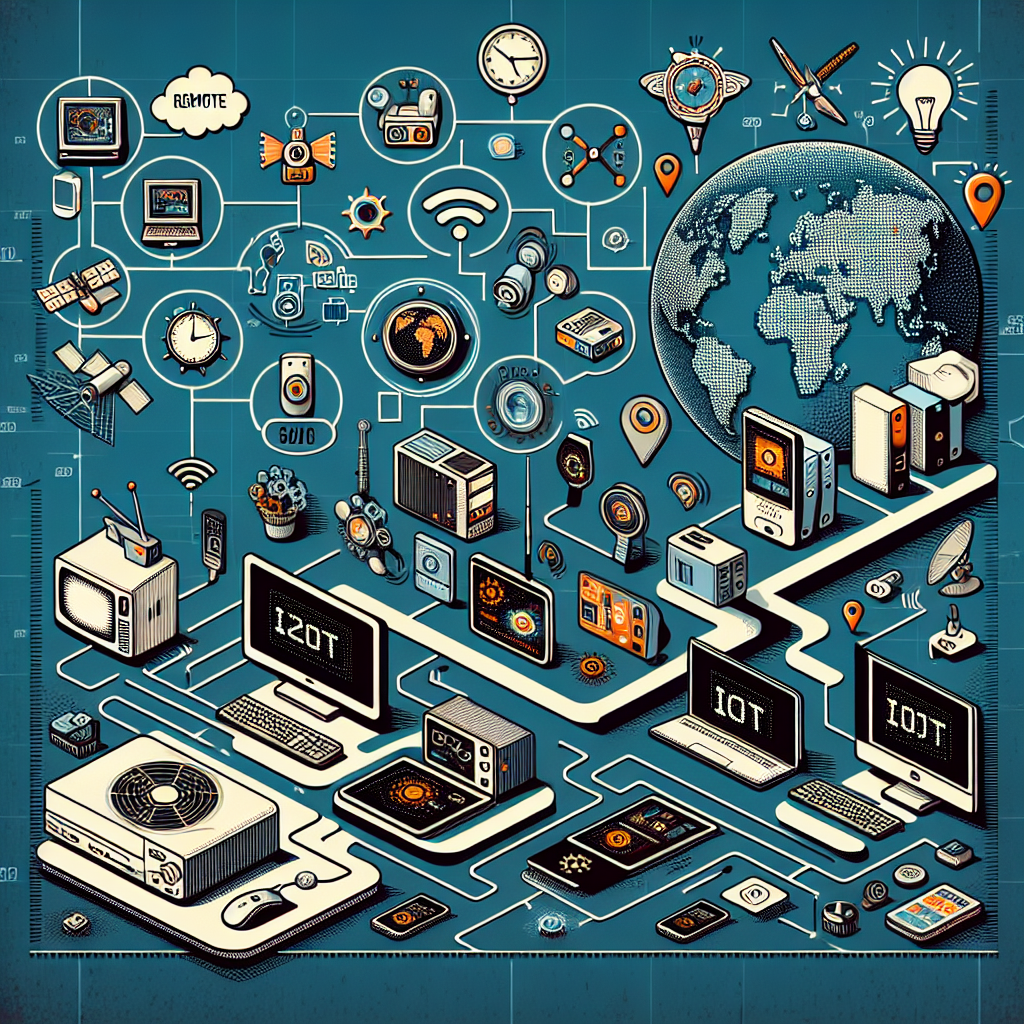
The Evolution of Remote Monitoring in the Age of IoT
The Evolution of Remote Monitoring in the Age of IoTIn today’s fast-paced world, technology is constantly evolving and changing the way we do things. One area that has seen significant advancements in recent years is remote monitoring, especially with the rise of the Internet of Things (IoT). Remote monitoring refers to the ability to monitor and control devices, equipment, and systems from a distance, often using technologies such as sensors, wireless connectivity, and cloud computing.
The IoT, which refers to the network of connected devices that communicate with each other and the internet, has transformed the way remote monitoring is conducted. With the IoT, devices and sensors can collect and transmit data in real-time, allowing for more accurate and timely monitoring of various systems and processes. This has revolutionized industries such as healthcare, manufacturing, agriculture, and transportation, among others.
One of the key benefits of remote monitoring in the age of IoT is the ability to proactively detect and address issues before they escalate. For example, in healthcare, remote monitoring technologies can track a patient’s vital signs and alert healthcare providers if there are any anomalies, allowing for early intervention and potentially saving lives. In manufacturing, remote monitoring can help prevent equipment failures by monitoring performance data and predicting when maintenance is needed.
Another advantage of remote monitoring in the IoT era is the ability to access data from anywhere, at any time. This means that operators and technicians can monitor and control systems remotely, without having to be physically present at the site. This not only increases efficiency but also reduces the need for on-site personnel, saving time and resources.
Furthermore, remote monitoring in the age of IoT enables better decision-making by providing real-time insights and actionable data. By analyzing the data collected from sensors and devices, organizations can identify trends, optimize performance, and make informed decisions to improve operations and reduce costs.
However, with the benefits of remote monitoring in the IoT era also come challenges. Security and privacy concerns are top of mind, as the increased connectivity of devices and systems opens up vulnerabilities to cyberattacks. Organizations must invest in robust cybersecurity measures to protect sensitive data and prevent unauthorized access to their systems.
Overall, the evolution of remote monitoring in the age of IoT has transformed the way businesses operate and manage their assets. By leveraging the power of connected devices and real-time data, organizations can improve efficiency, reduce downtime, and enhance decision-making. As technology continues to advance, the possibilities for remote monitoring are endless, paving the way for a more connected and intelligent future.

Remote Monitoring: Enhancing Safety and Compliance in Industrial Settings
Remote monitoring technology has revolutionized the way industrial settings manage safety and compliance. By utilizing sensors, cameras, and other monitoring devices, companies can now track and analyze data in real-time from a remote location. This technology not only improves efficiency and productivity but also enhances safety measures and ensures compliance with regulations.One of the key benefits of remote monitoring is the ability to detect potential hazards and issues before they escalate into major problems. For example, sensors can monitor equipment performance and alert operators of any abnormalities or malfunctions. This early detection can prevent accidents, equipment failures, and costly downtime.
Furthermore, remote monitoring allows companies to track and record data on a continuous basis, providing a comprehensive overview of operations. This data can be analyzed to identify trends, patterns, and areas for improvement. By having access to this information, companies can make informed decisions to optimize processes, reduce risks, and enhance overall safety measures.
In addition, remote monitoring helps industrial settings comply with regulatory requirements and standards. By having a real-time view of operations, companies can ensure that they are meeting all necessary guidelines and protocols. This not only helps avoid fines and penalties but also builds trust with regulators and stakeholders.
Another advantage of remote monitoring is its ability to provide a flexible and scalable solution for industrial settings. Companies can easily customize monitoring systems to suit their specific needs and expand as their operations grow. This adaptability ensures that companies can continuously improve safety measures and remain compliant with evolving regulations.
Overall, remote monitoring technology is a powerful tool for enhancing safety and compliance in industrial settings. By providing real-time data, early detection of issues, and customizable solutions, companies can improve efficiency, reduce risks, and ensure adherence to regulations. As technology continues to advance, remote monitoring will play an increasingly vital role in creating safer and more compliant industrial environments.
